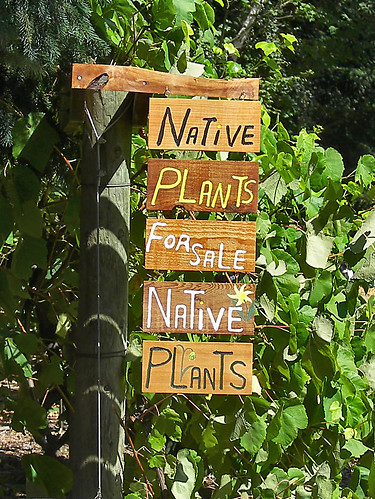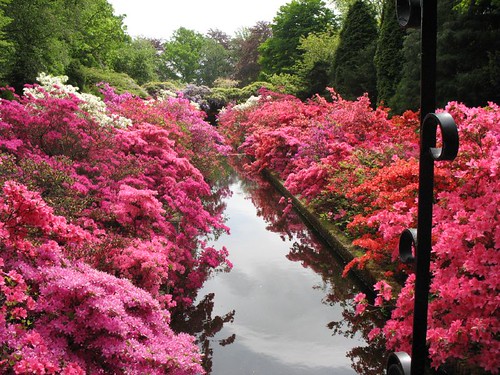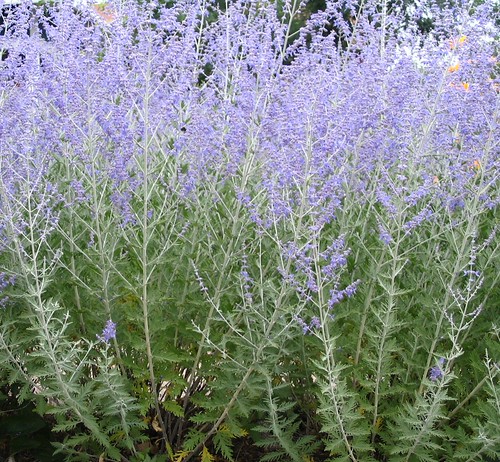
                         Photo taken by urtica
One of the subjects TheGardenLady has been planning on writing about is invasive plants. Today she received this notice of a seminar at Rutgers on this very topic. If you are interested in learning how you can help in preventing foreign plants and insects from crowding out our natives, please contact the number below to see if you are eligible to attend.
On Saturday August 23rd, Middlesex County’s Extension Agricultural Office will be presenting a Garden Workshop from 10:00 AM to 1:00 PM at the EARTH Center in Davidson’s Mill Pond Park, South Brunswick. The workshop will be on “Invasive Species”, and how homeowners can do their part in helping prevent foreign plant & insect species from crowding out more desirable native species in their landscape. While some of the more nationally know invasive species include, the snakehead fish, fire ants, nutria, and kudzu, in the Northeast we have been impacted by organisms like the Asian Longhorned Beetle and the Hemlock Wooly Adelgid.
This workshop will be hosted by Bruce Barbour, Environmental Program leader for Rutgers Cooperative  Extension of Morris County. Coming from graduate schooling in weed science he served as Chair of the Department of Agriculture & Resource Management Agents at Cook College and serves on two committees of the NJ Invasive Species Council.
Continue reading “Identifying Invasive Species Workshop at the EARTH Center”











